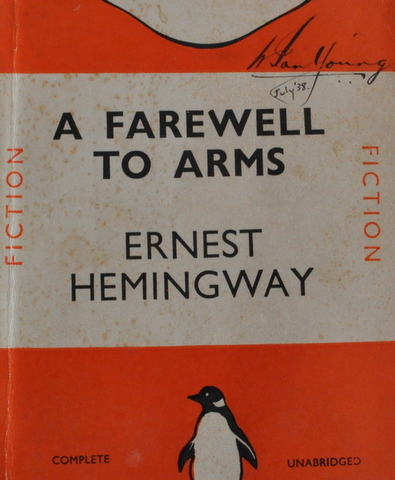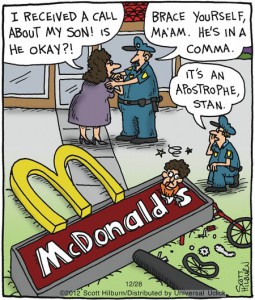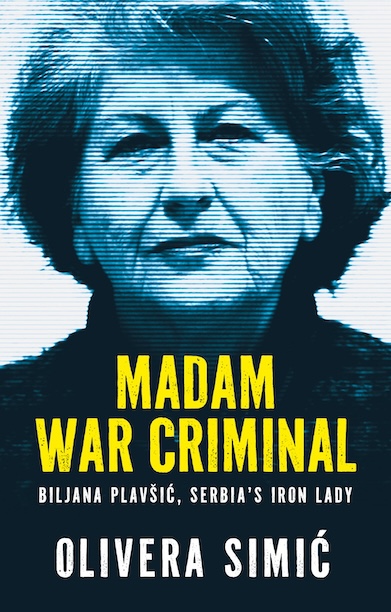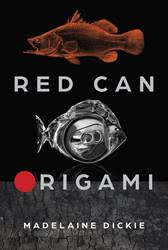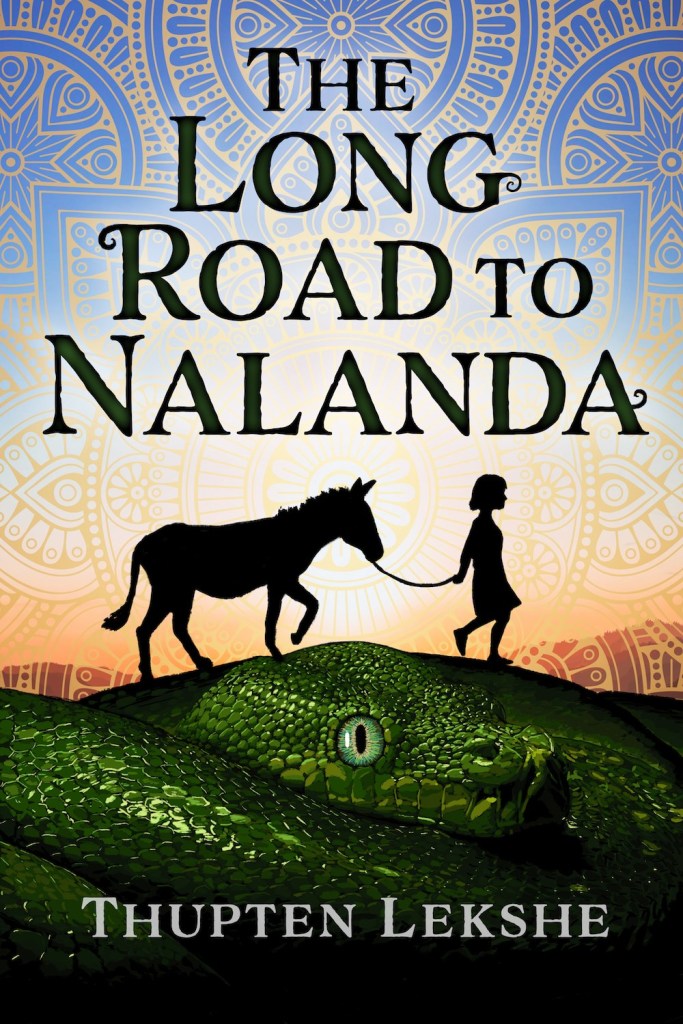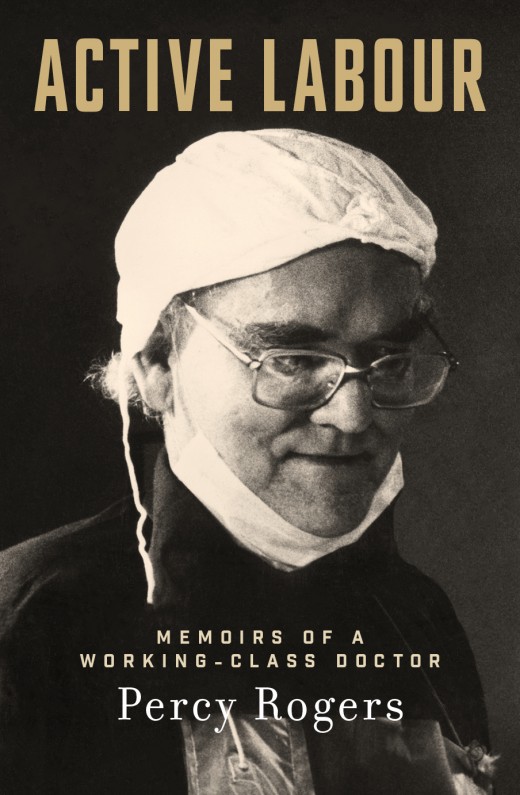Writers control the pace and mood of their writing with punctuation; it’s an art. Commas, colons and semi-colons break a sentence into units of breath, offering the reader small chances to pause. But there is more to consider. Minimalist writer, Ernest Hemingway (1899-1961), used commas and semi-colons sparingly to create tension and maintain engagement with the narrative. Consider the final sentences of chapter 9 in Hemingway’s ‘Farewell to Arms’ (1929):
“He’s dead I think,” I said.
The drops fell very slowly, as they fall from an icicle after the sun has gone. It was cold in the car in the night as the road climbed. At the post on the top they took the stretcher out and put another in and we went on.
In the last paragraph there is only one comma; an effective break that compares the dripping blood from the dead man with the slow drip of an icicle after the sun has gone. Notice that most of the words are one-syllable. How can the reader fail to sense the futility of a war that is dragging on, with dead bodies piling up? The punctuation (or lack of) creates a tone that conveys the mind-numbing activity of retrieving mutilated and dead bodies, as if we are reading the ambulance driver’s diary entry—note the resignation: and we went on. Then Hemingway gives us white space: end of paragraph and chapter, time to let that all sink in. Brilliant writing that could not be edited.
So let’s look at the nuts and bolts of commas, colons and semi-colons.
When listing items or actions in a series, a final (serial) comma before “and” is not essential, but many people (and I’m one of them) like to insert a comma to avoid confusion. For example:
Michelangelo and Bernini were architects, painters and sculptors and Borromini was famed as an architect.
Adding a comma after “sculptors” enhances the clarity of the sentence.
Michelangelo and Bernini were architects, painters and sculptors, and Borromini was famed as an architect.
Another example:
The loves of Jack’s life were his dogs, Pink and Beyonce.
Sounds like Jack’s dogs were called Pink and Beyonce (they may have been); if this was the case then a colon would be more suitable than a comma.
Adding a comma after ‘Pink’ creates a different meaning and avoids ambiguity:
The loves of Jack’s life were his dogs, Pink, and Beyonce.
There are many more ‘rules’ regarding commas. Some writers use commas extensively, others use very few.
Semi-colons are mainly used to separate sentences that are closely related, or to separate a series of phrases that contain commas. Semi-colons are often neglected; Henry James used them frequently:
For herself nothing was changed; what she once thought of him she always thought; it was needless this feeling should change; it seemed to her in fact a better feeling than ever. (‘The Portrait of a Lady’, chapter 42)
Colons are used to list or introduce information that directly relates to, or affects, that which comes before the colon:
She listed three things of value: an emerald ring, a pearl earring and her photo album. (I am tempted to include a comma after ‘earring’)
I need to change one aspect of my draft: the introduction.
A quotation is often introduced with a colon (my preference); however, it could be introduced with a comma or with nothing. Many writers use the rule: if the quotation is longer than six words (and you’re not worried about controlling the flow of text), then use a colon.
Here is an example of a colon that separates one sentence into two sections; the second section adds meaning to the one that precedes it:
I knew then that this was how I was meant to go on: away from death and towards life, from birth to birth, from seed to blossom, living my life amongst wonders. (Geraldine Brooks, ‘Year of Wonders’)
The reality is that many of the ‘bits’ of grammar and punctuation that we think of as wrong are actually just a matter of personal preference; this makes the editing and proofreading of someone else’s work difficult. Read back over this article. Do you agree with the placements of all the commas, colons and semi-colons? Do they enhance the clarity of the sentences?
The featured image of this article is a photograph of the front cover of my copy of Hemingway’s ‘Farewell to Arms’ which I bought in a second-hand bookstore. The original owner of the novel wrote his name, “Young”, on the front cover with “July ‘38” written in the letter ‘Y’. On the inside back cover Mr Young wrote: “June ‘49 Reread” . . .
Next:

